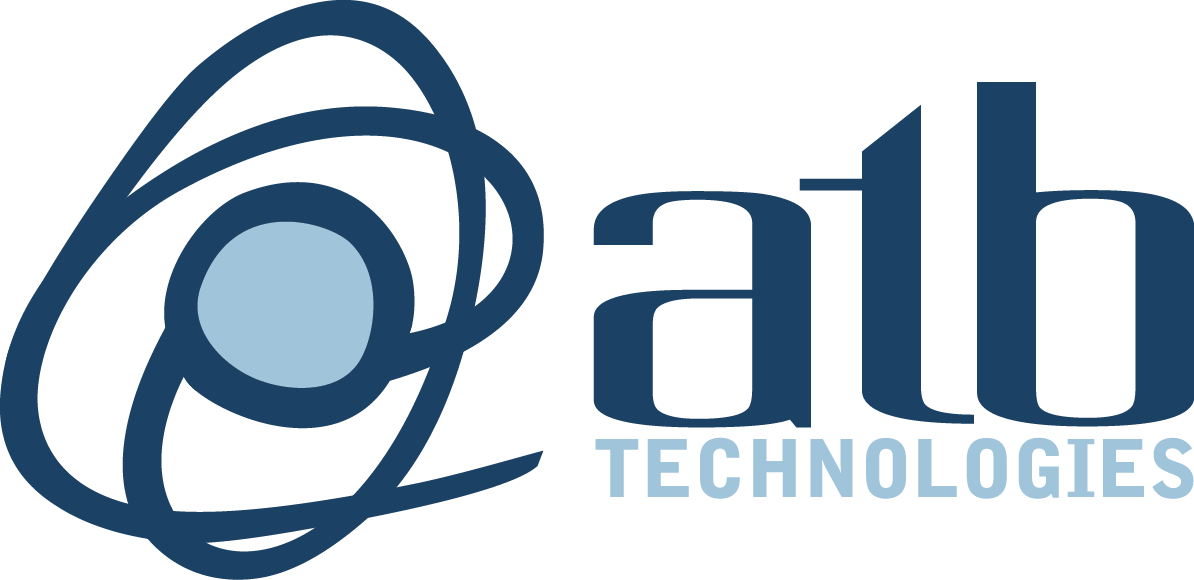An IT policy can play a critical role in improving systems efficiency and security at your manufacturing company.
Here’s how a policy can benefit your manufacturing IT.
What is an IT policy?
To begin, let’s define the term “IT policy”. A policy is a set of rules, principles, and guidelines formulated or adopted by an organization in order to reach its long-term goals. This differs from a single guideline, standard, or procedure. These tend to refer to more specific processes, while a policy gives more comprehensive direction.
IT policies are documented protocols that define the rules and procedures for users of IT assets. Basically, an IT policy should inform your people in the best ways to use your technologies – both on the production floor and in the office.
With that in mind, here’s what should likely be included in a policy document.
The purpose of the policy.
The policy should begin with an overview of its purpose. What objectives is the policy seeking to fulfill? Why is it being created?
Here’s an example from an Acceptable Encryption Policy by SANS:
“The purpose of this policy is to provide guidance that limits the use of encryption to those algorithms that have received substantial public review and have been proven to work effectively. Additionally, this policy provides direction to ensure that Federal regulations are followed, and legal authority is granted for the dissemination and use of encryption technologies outside of the United States.”
The scope of the policy.
The policy should continue by defining a scope. To whom and to what does the policy apply? The policy may apply to employees, vendors, contractors, or other stakeholders. It may only apply to certain locations – for instance, the policy may only be applicable to remote workers. It may apply only to certain procedures, such as password protocols or email usage.
Protocols to be enforced.
The protocols are the core of the policy. These are the requirements, procedures, and actions that the policy lays out and seeks to enforce. Here’s a straightforward example of a protocol from a United Nations IT purchasing policy:
“Server systems purchased must be compatible with all other computer hardware in the institution.”
Compliance guidance.
The policy must also feature guidance on compliance. This should include how compliance will be measured and enforced, as well as any penalties or corrective action for non-compliance.
Related policies.
Each IT policy should include references to any related policies. For example, if adherence to an email usage policy is dependent upon or correlated to adherence to a remote working policy, this should be noted in the document.
Definitions and terms.
The IT policy should include any definitions and terms. If terms from another source (such as a different policy or another internal document) are used, this should be noted here.
Revision history.
Finally, an IT policy should include documentation on any revisions. Each revision should offer a brief description of changes or updates that were made, as well as the date of application.
Types of Manufacturing IT Policies
We’ve outlined what should be included in a manufacturing IT policy. Now, let’s take a look at a few of the most critical IT policies a manufacturer should have.
Acceptable use guidelines.
An acceptable use policy delineates the ways in which IT resources may be used. It may prohibit, for example, the creation or transmission of offensive or obscene materials. It may clarify how users can use personal devices on company premises. It may provide information around the repercussions of violations.
In short, acceptable use guidelines should help users to understand how business technology is meant to be used.
Permissions and access levels.
Permission and access levels should also be determined to maintain IT efficiency and security. The policy should address what level of users are able to access certain resources and preclude lower-level users from accessing resources without authorization.
Password protocols.
Your IT password policy should provide regulation around password protocols. What will be acceptable as a password? Is there a password management platform you encourage employees to use? How can passwords be recovered?
Incident response.
Finally, your organization should create an IT policy for incident response. In the event of a cybersecurity incident, preparation can go a long way toward minimizing damage.
You should document in detail how response will work – who will coordinate efforts, how communication will work, and what measures you might take to minimize the effects of a breach or hack.
Looking for guidance in manufacturing IT?
Our hope is that this guide to manufacturing IT policies is helpful as you take steps to increase the efficiency and security of your systems.
If you’re seeking additional guidance, get in touch with us.
At ATB Technologies, we help manufacturing firms turn their technology into an advantage. Using a managed IT services model, we take an end-to-end approach to IT that gives businesses the best technology for their needs and prevents issues before they happen. We also provide an in-house development team to tailor manufacturing systems (like ERPs and business intelligence platforms) to your needs.
We can help you craft an IT policy that will prepare your manufacturing company to use technology well, and our services can ensure you have the right technology and support to thrive. Contact ATB today to take the first step.
